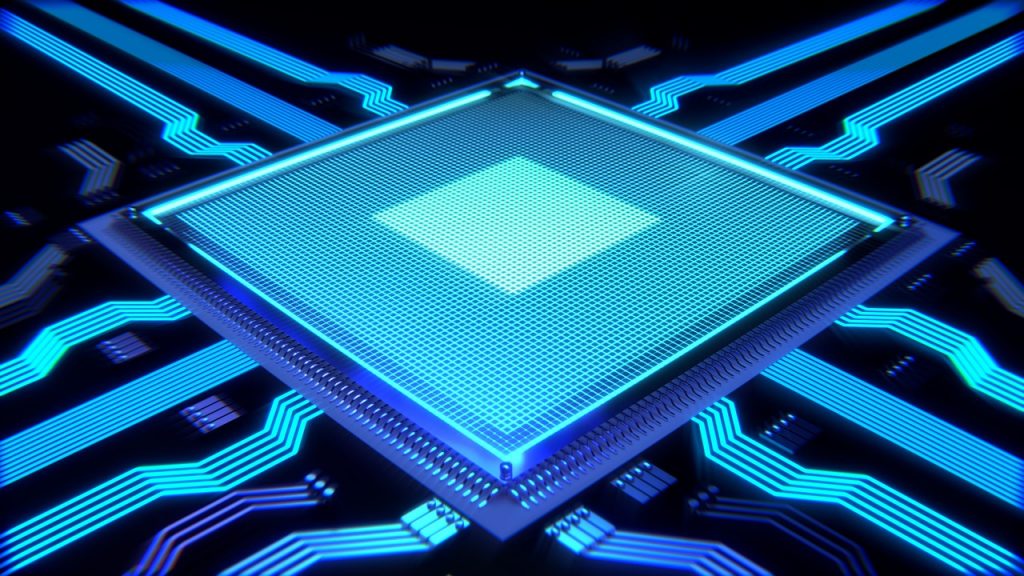Intel Unveils Sixth-Generation Xeon Processor Series

Intel has introduced its sixth-generation Xeon processor lineup, emphasizing energy efficiency and artificial intelligence (AI).
The Xeon 6 series includes server chips with two distinct core types and various configurations to support diverse applications. The primary focus is on AI capabilities.
For the first time in the Xeon lineup, these processors feature two different microarchitectures: an efficient core (E-core) and a performance core (P-core). Performance cores are larger and more powerful, making them suitable for high-end computing tasks. In contrast, efficiency cores are smaller with fewer instructions and a slower clock speed, ideal for less demanding tasks. The processors will combine P cores and E cores, with one E-core design offering up to 288 cores.
These varying cores will cater to different scenarios, but the overarching focus is AI. “We see every company becoming an AI company,” stated Matt Langman, Intel’s vice president and general manager, during a conference call. “Whether aiming to enhance operational efficiency, product development, customer interactions, or overall engagement, AI is at the forefront.”
Initially, Intel is launching the Xeon 6 series with two processor families: the Xeon 6 6700 Series and the 6900 Series. The 6700 Series includes up to 144 Efficient-cores or 86 Performance-cores, supporting 8-channel memory, up to 6400 MT/s DDR5 memory, 8000 MT/s MCR DIMM memory, and up to 88 lanes of PCIe 5.0/CXL 2.0 with 4 UPI 2.0 links. Each chip in this series has a power consumption of 350 W.
The 6900 Series features up to 288 Efficient-cores or 128 Performance-cores, 12 memory channels of 6400 MT/s DDR5 memory, 8800 MT/s MCR DIMM memory, up to 96 lanes of PCIe 5.0/CXL 2.0, and six UPI 2.0 links. These chips consume 500 W of power.
Intel’s strategy with the E-core focuses on server consolidation. The company promotes the potential for 3-to-1 rack-level consolidation, offering up to 4.2x rack-level performance improvements and up to 2.6x performance per watt compared to its second-generation Intel Xeon processors for media transcoding workloads.
“For instance, consider a deployment of around 200 racks in a typical mid-sized data center, each with 15-kilowatt racks and 22U servers. With the advancements in Intel Xeon 6, including performance per watt improvements, you can reduce this to 66 racks. The savings are significant,” explained Langman.
He also predicted energy usage savings of over 84,000 megawatt-hours over four years.
Gaudi Pricing Announced
Alongside the Xeon 6 launch, Intel revealed pricing for its latest Gaudi AI accelerators, designed to rival Nvidia’s H100 and AMD’s Instinct MI300X in processing large language models.
Intel announced the prices for clusters of eight accelerators, similar to how AMD and Nvidia price their products. A standard AI kit with eight Intel Gaudi 2 accelerators on a universal baseboard will cost $65,000, while a kit with eight Intel Gaudi 3 accelerators will be priced at $125,000.
